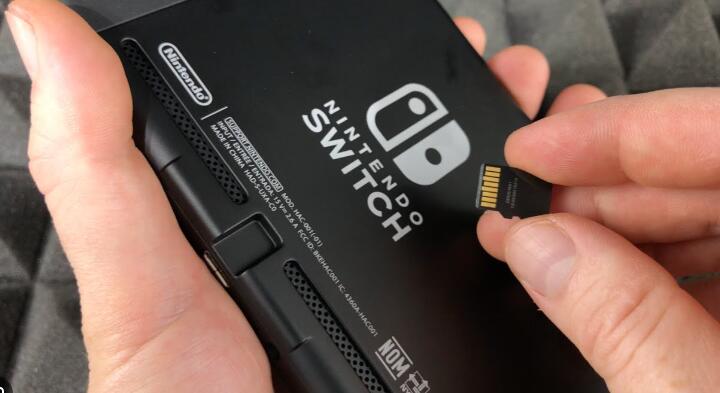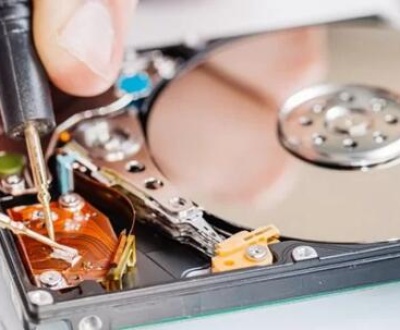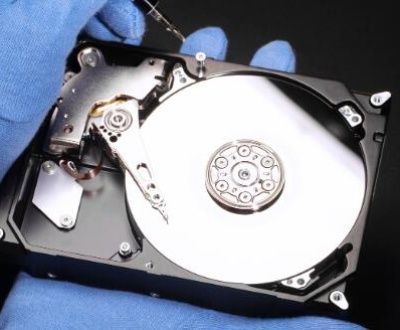The Nintendo Switch is a versatile gaming console that allows users to expand their storage using SD cards. However, issues like corrupted data on an SD card can disrupt your gaming experience.
SD card corruption occurs when the data stored on the card becomes inaccessible or unreadable. This can happen due to various reasons, including:
Improper ejection of the card
Power loss during data writing
Physical damage to the card
Virus infections
File system errors
Symptoms of Corrupted Data
You may notice several signs indicating that your SD card is corrupted:
Error messages when accessing the card
Missing or unreadable files
The Switch may fail to recognize the SD card
Games not launching or crashing unexpectedly
Step-by-Step Troubleshooting

1. Power Cycle the Switch
Sometimes, a simple power cycle can resolve temporary issues.
Turn off your Nintendo Switch completely.
Remove the SD card.
Wait for a minute, then reinsert the SD card.
Turn the Switch back on.
2. Check the SD Card for Physical Damage
Inspect your SD card for any physical signs of damage. Look for:
Cracks or bends in the card
Dirty or corroded connectors
If damaged, the card may need to be replaced.
3. Test the SD Card on Another Device
To confirm whether the issue lies with the card or the Switch:
Insert the SD card into a different device, such as a computer or another console.
Check if the data is accessible.
If the card works on another device, the problem might be with the Switch.
4. Use a Computer for Further Diagnosis
Insert the SD Card into a Card Reader: Connect it to your computer.
Run Error Checking:
For Windows:
Open “This PC.”
Right-click on the SD card and select “Properties.”
Go to the “Tools” tab and click “Check.”
For macOS:
Open “Disk Utility.”
Select the SD card and click “First Aid.”
These tools can repair minor file system errors.
5. Backup Your Data (If Possible)
If the SD card is accessible:
Copy all your files to a safe location on your computer.
This is crucial to prevent data loss during repair attempts.
6. Format the SD Card
If the data is corrupted beyond recovery, formatting the card may be necessary. Note: Formatting will erase all data on the card.
Using the Switch:
Go to System Settings > Data Management > Save Data Cloud Backup.
Choose the SD card and select “Format.”
Using a Computer:
Connect the SD card.
Right-click on the card in “This PC” (Windows) or use “Disk Utility” (macOS).
Choose “Format” and select the FAT32 file system, which is compatible with the Switch.
After formatting, reinsert the card into your Switch and check if the issues persist.
Recovering Lost Data
If you formatted your SD card and need to recover lost data:
Use Data Recovery Software: There are various tools available, such as Recuva, EaseUS Data Recovery Wizard, or Disk Drill.
Follow the Software Instructions: Install the software on your computer, connect the SD card, and run a recovery scan.
Preventing Future Corruption
Proper Ejection: Always use the “Eject” option on the Switch before removing the SD card to prevent data loss.
Keep Software Updated: Ensure your Nintendo Switch system software is always up to date to reduce compatibility issues.
Check for Viruses: Regularly scan your SD card for malware using antivirus software.
Use High-Quality SD Cards: Opt for reputable brands and ensure they meet the Nintendo Switch’s specifications.
Regular Backups: Make a habit of backing up your saved data and important files frequently.
Corrupted data on an SD card can be a frustrating experience, but understanding how to troubleshoot and prevent it can significantly enhance your Nintendo Switch gaming experience. By following the steps outlined in this guide, you can mitigate the risk of data loss and ensure smoother gameplay.
About us and this blog
Panda Assistant is built on the latest data recovery algorithms, ensuring that no file is too damaged, too lost, or too corrupted to be recovered.
Request a free quote
We believe that data recovery shouldn’t be a daunting task. That’s why we’ve designed Panda Assistant to be as easy to use as it is powerful. With a few clicks, you can initiate a scan, preview recoverable files, and restore your data all within a matter of minutes.
Subscribe to our newsletter!
More from our blog
See all postsRecent Posts
- Data recovery salt lake city utah 2025-04-18
- Data recovery sacramento 2025-04-18
- Data recovery miami 2025-04-18

 Try lt Free
Try lt Free Recovery success rate of up to
Recovery success rate of up to









